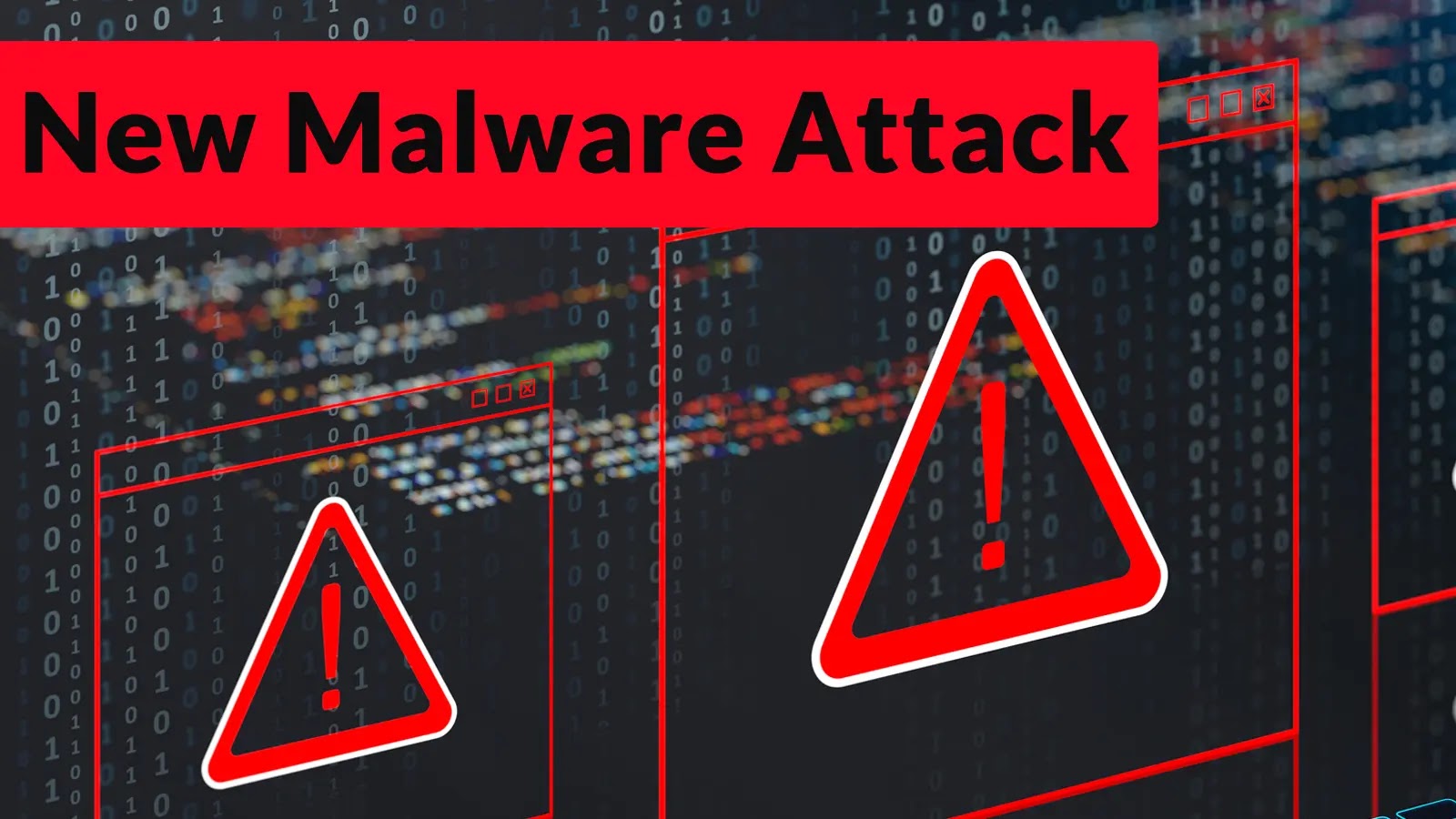
New Malware Attack Leverages SVGs, Email Attachments to Deliver XWorm and Remcos RAT
The digital threat landscape constantly shifts, and attackers are always refining their methods to bypass existing defenses. A recent discovery by cybersecurity researchers highlights this unwelcome innovation: a sophisticated malware campaign leveraging SVG (Scalable Vector Graphics) files and email attachments to distribute potent Remote Access Trojans (RATs), specifically XWorm and Remcos RAT. This emerging threat represents a significant evolution in attack methodologies, as cybercriminals increasingly turn to non-traditional file formats like SVGs to evade conventional security solutions and implant dangerous tools for persistent access and control.
The Evolving Threat Landscape: SVG as an Attack Vector
Historically, attackers have favored executable files (.exe) or document macros (.docm, .xlsm) for malware delivery. However, these methods are often subjected to rigorous scrutiny by email gateways and endpoint detection systems. The shift towards less common formats like SVG files marks a strategic move to exploit blind spots in security infrastructures. SVG, an XML-based vector image format designed for two-dimensional graphics, can contain embedded scripts, making it a viable and stealthy vector for initial compromise.
Threat actors are exploiting the trust associated with image files and the less stringent security checks often applied to them. By embedding malicious JavaScript or other code within an SVG, they can initiate a download chain when a user opens the seemingly innocuous image, ultimately leading to the deployment of sophisticated malware.
XWorm and Remcos RAT: The Payloads of Choice
The campaign specifically delivers two highly dangerous Remote Access Trojans: XWorm and Remcos RAT. Understanding their capabilities is crucial for appreciating the severity of this threat:
- XWorm: This is a multi-functional malware strain known for its versatility. It can log keystrokes, steal credentials from browsers, capture screenshots, record audio, and establish backdoor access for further exploitation. Its modular design allows attackers to update its capabilities, making it a persistent and adaptable threat.
- Remcos RAT: A commercially available and widely abused RAT, Remcos provides comprehensive remote control over an infected system. Its features include file management, webcam and microphone access, keylogging, screen capturing, and the ability to execute arbitrary commands. Remcos is often favored by various threat groups due to its robust feature set and relative ease of use.
Both XWorm and Remcos RAT grant attackers extensive control over compromised systems, enabling data exfiltration, espionage, and further network infiltration.
Attack Chain and Delivery Mechanism
The initial infection vector in this campaign is primarily email attachments. Attackers craft convincing phishing emails designed to entice recipients into opening the attached SVG file. Once opened, the embedded malicious script within the SVG initiates a sequence of actions:
- The script often masquerades as a legitimate process or a necessary update.
- It then downloads and executes the XWorm or Remcos RAT payload from a command-and-control (C2) server.
- The RAT establishes a persistent connection, allowing the attacker to remotely control the compromised machine.
The use of SVG files in this manner is particularly insidious because many users and even some security systems may not immediately recognize an SVG as a potential threat vector, often associating it purely with harmless graphical content.
Remediation Actions and Proactive Defense
Mitigating threats that leverage novel techniques like SVG exploitation requires a multi-layered security approach:
- Email Security Gateway Enhancements: Ensure that email security solutions are configured to perform deep content inspection, not just on traditional file types, but also on less common formats like SVGs for embedded scripts and suspicious content.
- Endpoint Detection and Response (EDR): Implement robust EDR solutions capable of detecting malicious behavior patterns, even if the initial file bypasses traditional perimeter defenses. EDR can identify atypical process executions, network connections to unknown IP addresses, and attempts to modify system files.
- User Awareness Training: Educate employees about the dangers of unsolicited email attachments, especially those with unusual file types. Emphasize verification of sender identity and the risks associated with clicking suspicious links or opening unexpected files.
- Network Segmentation: Isolate critical systems and sensitive data through network segmentation. This limits the lateral movement of malware if an endpoint becomes compromised.
- Regular Software Updates and Patching: Ensure all operating systems and applications are regularly updated to patch known vulnerabilities that malware might exploit during or after the initial infection phase.
Relevant Tools for Detection and Mitigation
Implementing the right tools is paramount in defending against sophisticated threats. Here are some categories of tools and their purposes:
| Tool Category | Purpose | Examples |
|---|---|---|
| Email Security Gateways (ESG) | Advanced threat protection, URL rewriting, attachment sandboxing, deep content inspection. | Proofpoint, Mimecast, Microsoft Defender for Office 365 |
| Endpoint Detection & Response (EDR) | Behavioral analysis, threat hunting, incident response, real-time endpoint visibility. | CrowdStrike Falcon, SentinelOne, Microsoft Defender for Endpoint |
| Network Intrusion Detection/Prevention Systems (NIDS/NIPS) | Monitoring network traffic for suspicious activity, blocking known malware C2 communications. | Snort, Suricata, Palo Alto Networks NGFW |
| Security Information and Event Management (SIEM) | Aggregating and analyzing security logs from various sources for threat detection. | Splunk, IBM QRadar, Elastic SIEM |
Conclusion: Staying Ahead of the Curve
The deployment of XWorm and Remcos RAT via SVG files signifies a clear trend: attackers are moving beyond conventional attack vectors to exploit less scrutinized file formats. This campaign underscores the critical need for organizations to evolve their cybersecurity strategies beyond signature-based detection. A combination of advanced email security, robust endpoint protection, continuous user education, and proactive threat intelligence is essential. Staying vigilant and adapting security measures to counter these dynamic attack methodologies is not merely an option, but a necessity for safeguarding digital assets in the face of increasingly sophisticated cyber threats.





